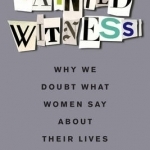
Tainted Witness: Why We Doubt What Women Say About Their Lives
Book
In 1991, Anita Hill's testimony during Clarence Thomas's Senate confirmation hearing brought the...
Heather Cranmer (2721 KP) created a post
Oct 10, 2020
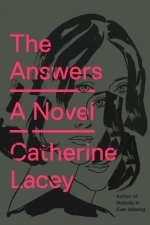
The Answers
Book
Mary Parsons is broke. Dead broke, really: between an onslaught of medical bills and a mountain of...
Literary Fiction
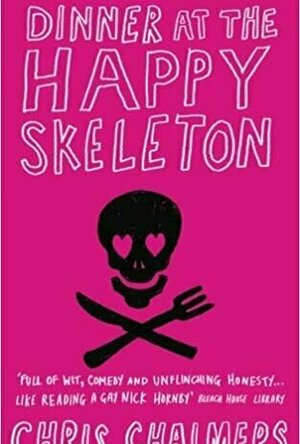
Dinner At The Happy Skeleton
Book
Dan is the kind of gay man for whom the Noughties might have been named. Warm, witty and serially...
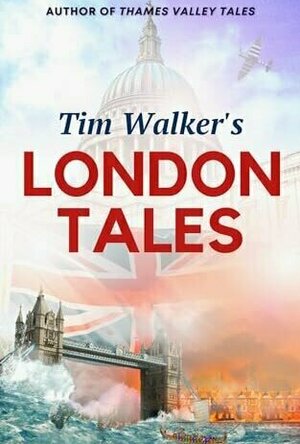
London Tales (Short Stories #2)
Book
This collection of eleven tales offers dramatic pinpricks in the rich tapestry of London’s...
Short Stories Historical Fiction

Audio Books by Audiobooks
Book and Entertainment
App
Wish you could read more but don’t have the time? You’ll love audiobooks! Audiobooks.com is the...
Hazel (1853 KP) rated The Joyce Girl in Books
Dec 14, 2018
Winner of the Impress Prize for New Writers 2015, Annabel Abbs creates a fantastic work of historical fiction based upon the life of Lucia Joyce. Although the titular character may be unheard of within the general public, her father will be known amongst the majority of readers. James Joyce, the eccentric author of<i> Ulysses</i> and <i>Finnegan’s Wake</i>, travelled around Europe with his family until settling in Avant-garde Paris, 1928. His daughter, Lucia, an ambitious, talented dancer describes the unconventional life as a child of Mr. Joyce, its ups and downs, and inevitable ruinous breakdown.
<i>The Joyce Girl</i> begins in Küsnacht, Zurich where Lucia is receiving treatment from Dr. Carl Jung – another well-known name; this novel is full of them. Struggling to come to terms with her current mental ill health and supposed repressed memories, Jung encourages Lucia to write her memoirs in order to learn of the events that led to this current predicament. Starting from 1928, aged 21, Lucia describes her life to Jung and the reader in brutally honest detail.
The unusual Irish family went through various successes and traumas in the intervening years, creating a humorous and emotional story. Lucia’s brother, Giorgio, caused the family enough problems without adding in the devastating heartache Lucia suffers from men who do not reciprocate her love. One of these lovers is the famous Samuel Beckett (<i>Waiting for Godot</i>, 1952), the first man Lucia falls for. It is fascinating to learn of the multiple connections these notable names had with each other. Although in retrospect it makes sense that the literary and artistic crowds would stick together.
From Lucia’s memoirs Jung formulates that the Joyce parents were extremely controlling, not giving Lucia the opportunity to live her own life – particularly within her dancing career. However, Jung still maintains that Lucia experienced emotional trauma and is insistent on retrieving those memories. What he eventually discovers will shock and possibly sicken the reader.
Through enormous amount of research, Annabel Abbs has put together a likely account of the Joyce family, particularly Lucia’s life. Using existing biographies, original letters and professional opinion, Abbs devises a logical narrative for the unfortunate dancer. Drawing upon knowledge of other literary greats and artists of the era, <i>The Joyce Girl</i> can be easily believed to be a true account, although doubtlessly some scenes must be based upon imagination.
<i>The Joyce Girl</i> will attract historical and romantic novel enthusiasts, providing an enjoyable, thought capturing story, as well as an opportunity to learn. Whether you are aware of James Joyce’s works, or even Lucia herself, <i>The Joyce Girl</i> is bound to capture your attention and draw your mind into the European life during the early 1930s. Although only her debut novel, Annabel Abbs comes highly recommended and it will be interesting to see what direction she has decided to take in her shortly expected second novel.
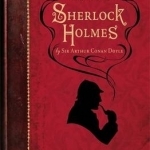
The Penguin Complete Sherlock Holmes
Book
The Penguin Complete Sherlock Holmes by Arthur Conan Doyle are the complete adventures of the...

Young John McGahern: Becoming a Novelist
Book
John McGahern was the most admired Irish novelist of the past fifty years. His accessible fiction...
Dubose Heyward: A Charleston Gentleman and the World of Porgy and BESS
Book
In 1924 DuBose Heyward (1885-1940) was a businessman absorbed in his Charleston heritage. One year...
